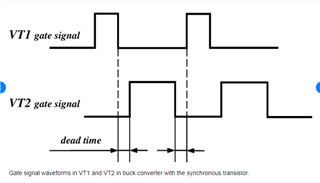Other Parts Discussed in Thread: TPS23755, TPS23753A, TPS2372, TPS2372-3EVM-757, LMR36520, TPS2373, TPS23753, TPS2372-4EVM-006, TIDA-050045
Hi All,
is it possible to use TPS23730 in Non-isolated PoE Pd design? Do you maybe have some reference for Non-isolated PoE Pd?
Best Regards,
David.






